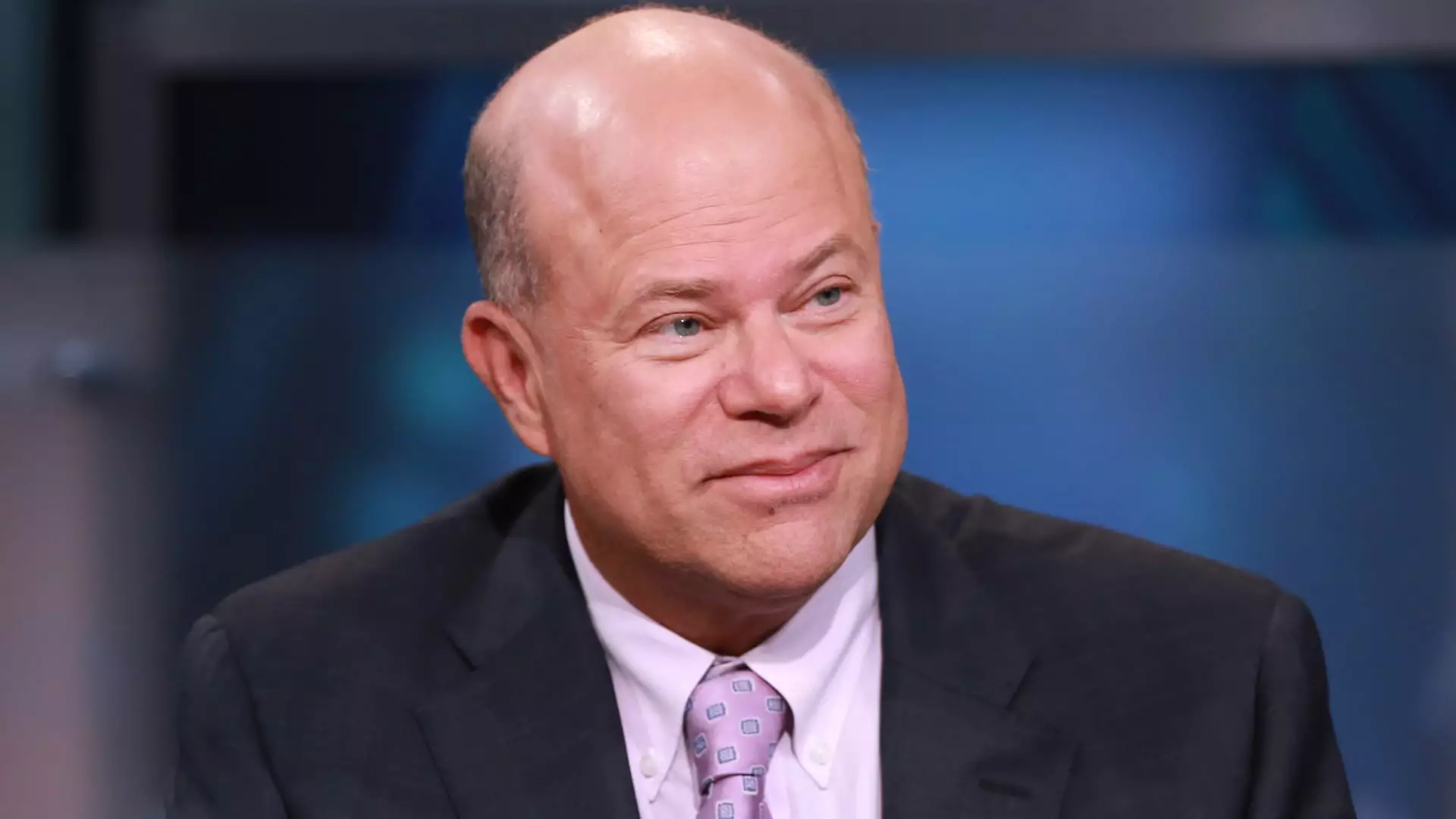In the world of finance, few voices resonate as powerfully as that of David Tepper, the founder of Appaloosa Management and owner of the NFL’s Carolina Panthers. Recently, Tepper shared his insights into the Federal Reserve’s interest rate strategies and their implications for investors on CNBC’s “Squawk Box.” His observations underline a critical juncture in monetary policy that carries both opportunities and risks for investors worldwide.
At the heart of Tepper’s analysis is the Federal Reserve’s need to maintain its credibility amid shifting economic landscapes. After slashing interest rates by half a percentage point, the Fed has embarked on a path of easing, marking its first significant move in four years. Tepper believes that the Fed has made a clear commitment to follow through with more reductions, stating, “You just read what these guys are saying.” This sentiment indicates an underlying trust in the Fed’s ability to follow its stated intentions, especially when such actions are critical for maintaining credibility.
Yet, the decision to cut rates comes during a time of relative economic stability, sparking concerns about potential market distortions reminiscent of the late 1990s. Tepper draws parallels to a time when the Fed implemented rate cuts to combat perceived issues, resulting in market excesses that ultimately led to the dot-com bubble. As Tepper nervously acknowledged, this approach may create an environment ripe for speculative behaviors that could destabilize market fundamentals.
While Tepper acknowledges the Fed’s current strategies, he also highlights the mixed signals within the economy. Gross Domestic Product (GDP) growth appears robust, with projections from the Atlanta Fed estimating a 3% increase for the third quarter, driven by resilient consumer spending. Conversely, inflation remains elevated above the Fed’s 2% target, complicating the central bank’s decision-making process. Such contradictory indicators force investors to question whether rate cuts in a sound economy might lack justification or simply perpetuate asset bubbles.
This duality in economic indicators—steady growth paired with inflationary pressures—poses a complex challenge for Tepper. He admits that although the Fed’s easing policies could provide immediate benefits to U.S. equities, the broader macroeconomic setup makes him wary. The risk of market fluctuations due to overly accommodative monetary policy is particularly concerning for value-oriented investors like Tepper.
Despite his apprehensions toward the U.S. market, Tepper’s resolution is notably pragmatic. He expresses reluctance about shorting U.S. equities, recognizing the risk of being on the wrong side of a market that benefits from easy money and a relatively healthy economy. His reluctance to completely disengage from the market speaks to a nuanced investment philosophy, one that embraces caution while recognizing prevailing opportunities.
Furthermore, Tepper’s shifts toward international markets, particularly in Asia and Europe, highlight a strategic pivot in response to the evolving global economic landscape. His decision to “go all in on China” is indicative of a broader trend among savvy investors seeking refuge in regions poised for growth—a counterbalance to the volatile nature of U.S. markets under fluctuating monetary policy.
David Tepper’s insights present a compelling narrative about the state of U.S. monetary policy and its broader implications for investors. As the Federal Reserve grapples with maintaining credibility amid a mixed economic landscape, Tepper reminds us of the potential pitfalls of easy money policies. While the current investment environment may tempt some into speculative behavior, his cautious approach serves as a reminder of the importance of a grounded investment philosophy.
In an era marked by uncertainty, Tepper’s ability to analyze both macroeconomic indicators and geopolitical factors positions him as a leading voice in investment strategy. By navigating the complexities of current financial landscapes, investors can remain well-informed and prepared to adapt their approaches as new challenges arise.


Leave a Reply